A guide to planting spring bulbs in the autumn
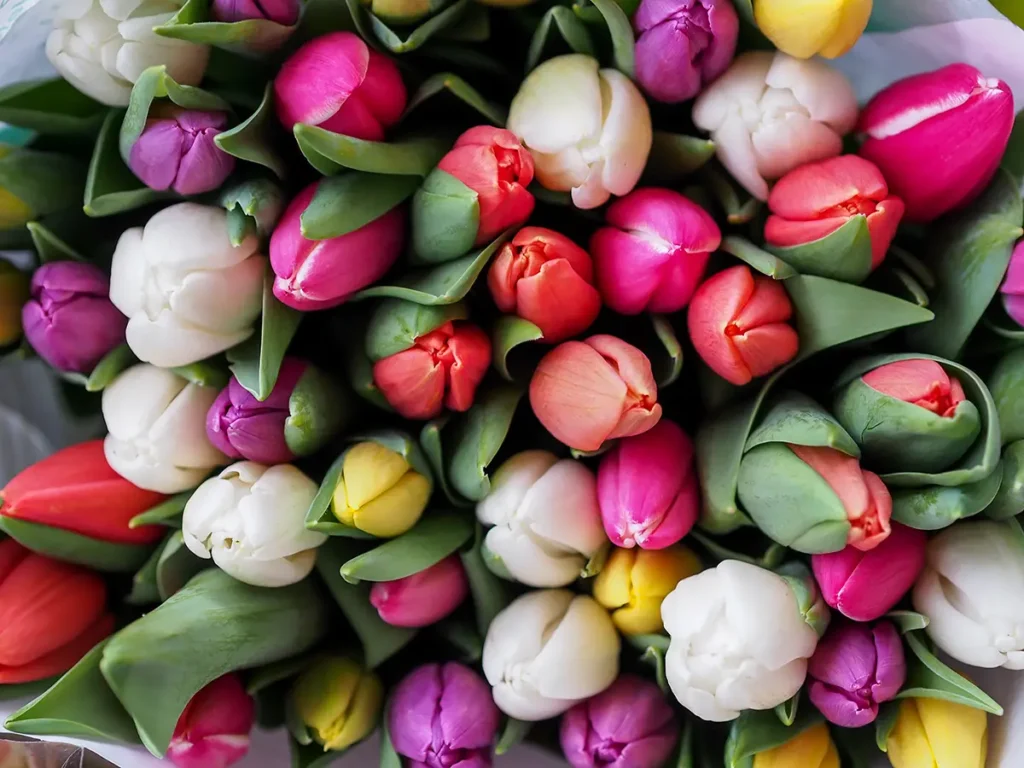
Haskins Garden Centre’s in-house horticulturalist, Alasdair Urquhart, shares his top tips to ensure your spring garden flourishes.
September and October are the perfect months to begin planting your spring flowering bulbs. Planting in the autumn months gives time for the bulbs to establish so that they can flower at the right time the following spring. Whilst it appears that not much is going on above ground, they will be establishing a strong root system so that when the temperatures drop, they can take full advantage of the cold exposure to create the hormonal changes needed to form their flowers.
Haskins Garden Centre’s in-house horticulturalist, Alasdair Urquhart, shares his tips to ensure your garden is prepped and ready to bloom in the springtime.
Go natural
If you are looking to plant bulbs into lawns or under trees, the natural look will always work best.
Alasdair advises,
“The secret is to introduce some randomness by scattering a good handful of bulbs across your chosen area and plant them where they land. When they flower the following year, your bulbs will look like they’ve always lived there, creating a natural, scattered effect that will suit your garden space.”
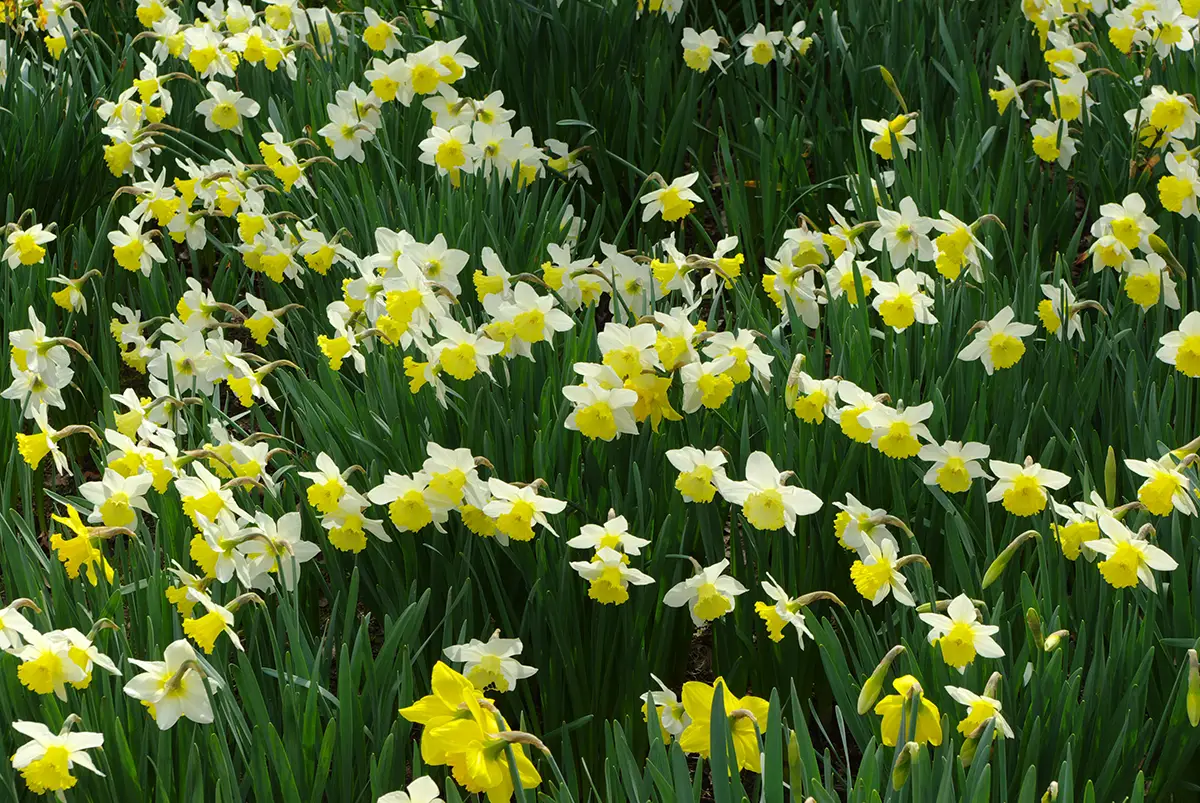
Maximise colour
Bulbs flower from February to May with the general sequence being crocus, daffodil then tulip. There are some varieties of bulbs that will flower out of sequence and a warm micro-climate can speed up the succession.
Alasdair says,
“It’s not unusual to see container-grown tulips flowering in January or February if they are in a sheltered, sunny spot. If you want your Tulips in May rather than April, delay planting until late October into November.
“Bulbs can be layered in pots to create a lasting display. The secret is to choose varieties that flower in different months and then plant them at their correct depth. Bulbs usually need to be planted at a depth of 2.5 times the bulb height – the depth for an average daffodil is around 15cm.
“Plant the largest bulbs first, add some soil, then plant the next layer until the smallest are close to the top of the pot. By doing this, you will have created a lasagne effect of bulbs, which will really stand out in your garden when they blossom in the springtime.”
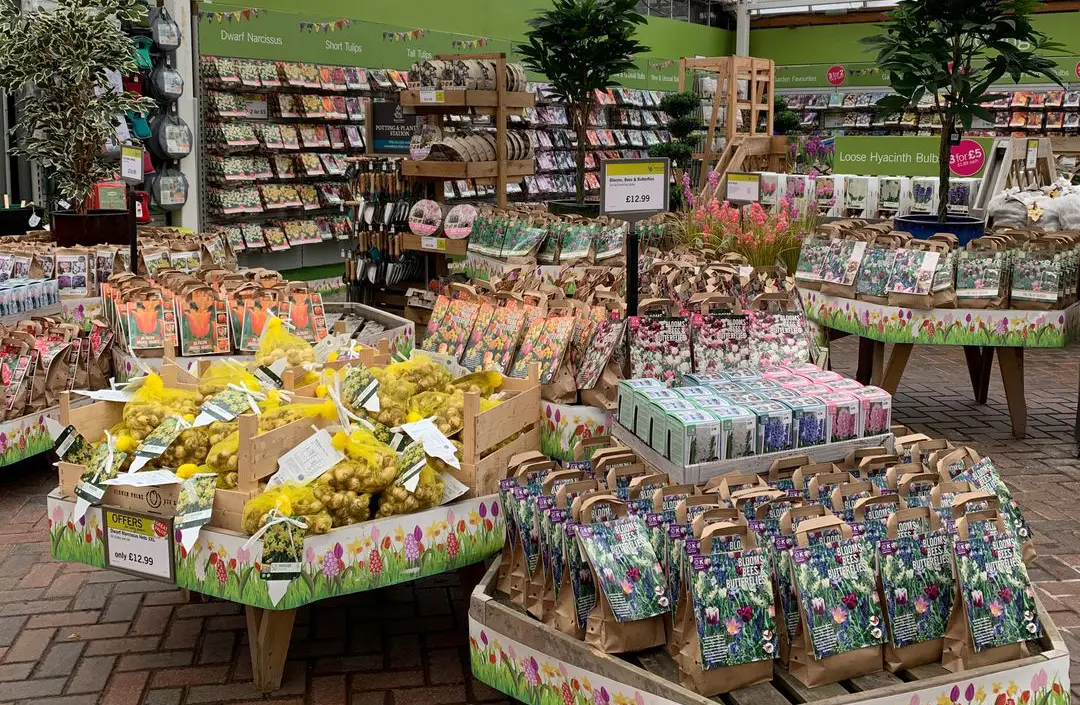
Plant in bulk
When planting in borders, 25-50 bulbs will create an impressive display. Alasdair explains, “The secret is to plant to the style of your garden. If your garden has a cottage style, then a little randomness in the positioning will allow for a more naturalistic look. If you have a contemporary, architectural garden, then planting in blocks or in grids will be more appropriate.
“When planting in pots, use 5-7 bulbs per layer for medium-sized pots and more for larger pots, troughs, and containers. Odd numbers will always look more aesthetic to the eye and will ensure a good display of colour.”
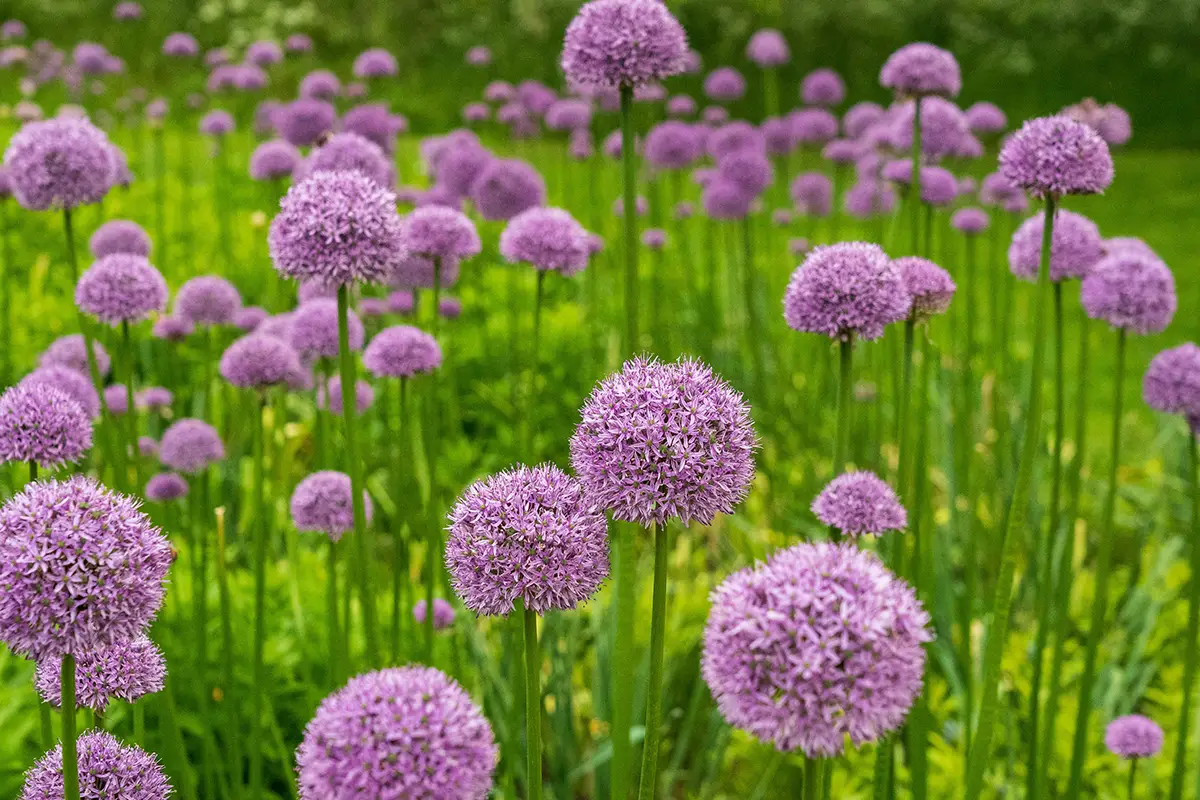
Keep colours simple
With the variety of bulbs available, it’s easy to overplant and deny your bulbs the chance to have impact in your garden. Alasdair suggests,
“When you select bulbs for your garden, stick to two contrasting colours or colours in the same part of the spectrum. Simplicity should be the goal of your design. The most dramatic displays work because they have been kept simple rather than made complicated.
“The main rule of thumb is to contrast or complement. Yellow daffodils look great against the violets and blues of bluebells. Orange or red tulips also look great when combined with pale blue grape hyacinths. For a calmer complementary scheme, try tulips in gentle hues such as lilac or soft pink against white. For a more contemporary look, combine black tulips with soft pink or if you’re feeling bold, orange.”
Protect your bulbs from pests
After all your hard work in choosing the right plants and colour schemes, you’ll want to protect your investment. Alasdair says, “Bulbs can be a source of food for hungry squirrels and foxes over a lean winter. The best way to deter them is by using sprigs of holly planted into the soil. Not only will the prickly leaves deter these pests, it will also mark the area in which your bulbs are planted so they don’t get disturbed when you’re weeding.”
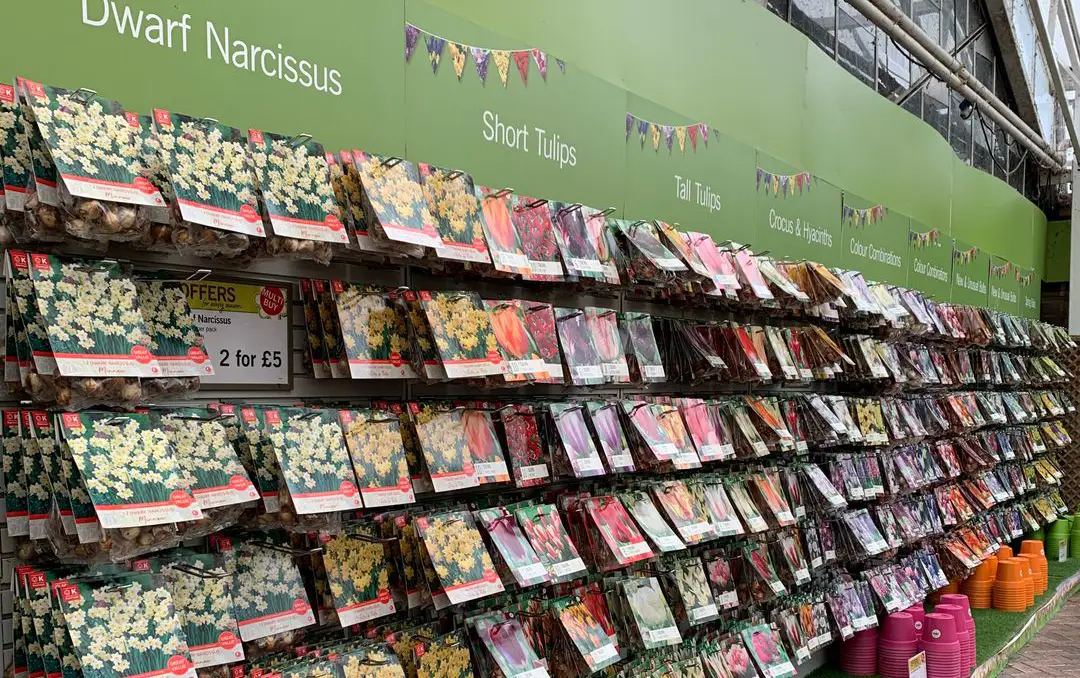
Alasdair’s top bulbs to buy now:
- Dwarf Narcisus (Daffodils Minnow and Tete a Tete): Both Minnow and Tete a Tete are varieties of Daffodils that are multi-headed, offering a profusion of colour ideal for smaller spaces, such as courtyards, rock gardens, on the patio in containers or at the front of borders. Minnow is white with a yellow trumpet, whilst Tete a Tete produces an all-yellow flower.
- Bee and Butterfly Packs: The Bee and Butterfly Packs contain pre-selected varieties of bulbs offering colourful combinations to support bees and butterflies as they emerge after winter. Haskins offers four colourful mixes to choose from: Pastel Shades, Bule Shades, Sunshine Shades and Pink Shades.
- Lasagne Planting Packs: Haskins’ Lasagne Planting Packs allow you to enjoy a succession of colours all spring. Bulbs can be planted in layers, which we usually recommend doing in pots, with the smallest, earliest flowering bulbs at the top and largest, longest flowering bulbs at the bottom.
